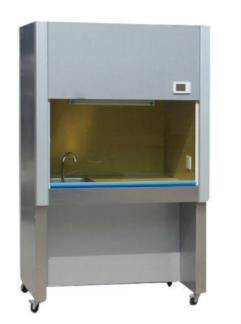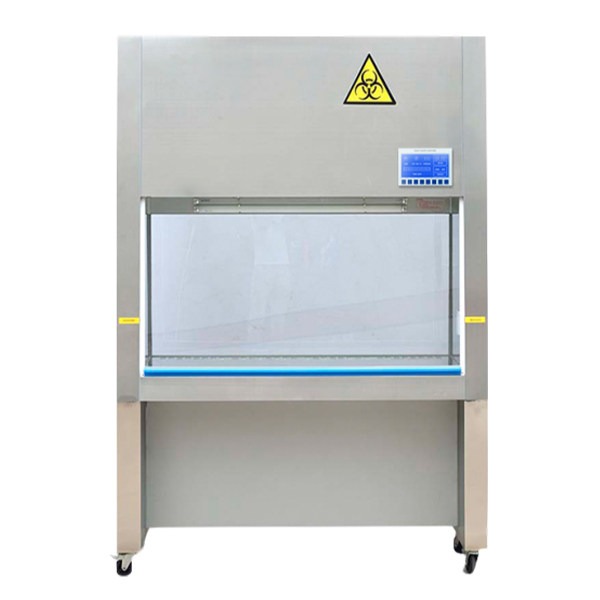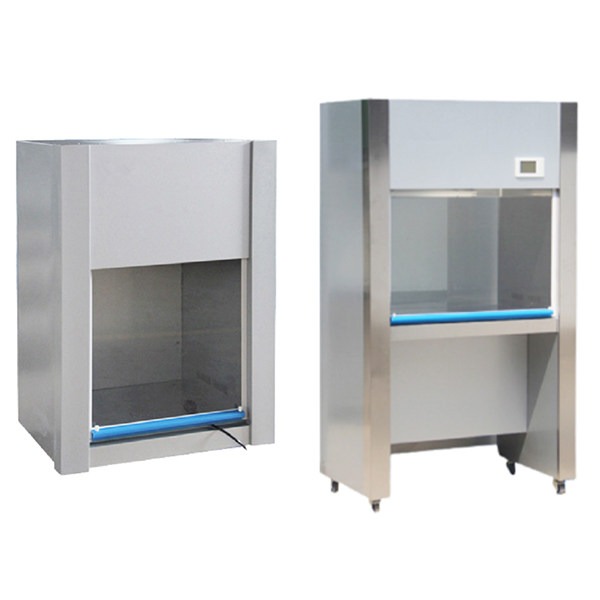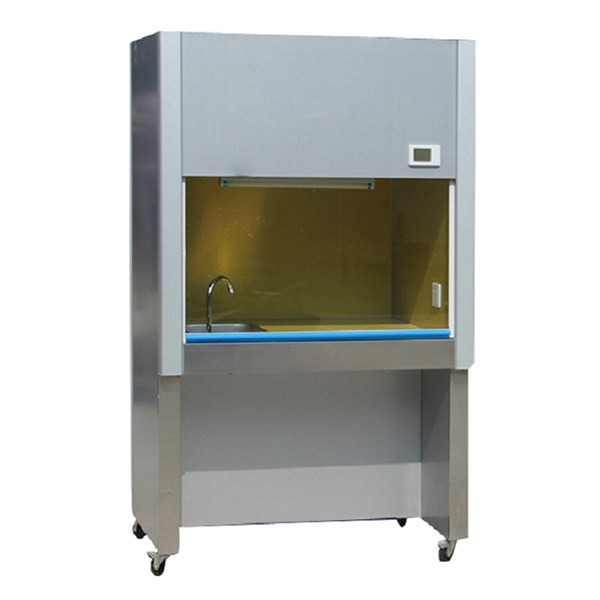Laboratory fume hood is a large-scale equipment for laboratories, especially chemical laboratories. The purpose is to reduce the exposure of experimenters and harmful gases. The lab fume hood is the primary barrier to protect personnel from the hazards of toxic chemical fumes. It can be used as important safety backup equipment, such as in the process of chemical experiments, to keep smoke, dust, and toxic gases from being effectively discharged, so as to protect the staff and the laboratory environment. This article will introduce the types and precautions of laboratory fume hoods.

Classifactions of the Laboratory Fume Hood
Classified by exhaust method
The laboratory fume hood is divided into three types: upper exhaust type, lower exhaust type, and upper and lower simultaneous exhaust type.
In order to ensure uniform wind speed in the working area, the lower exhaust type should be used for the fume hood of the cold process, and the upper exhaust type should be used for the lab fume hood of the hot process. The change of the internal heating value adjusts the ratio of the upper and lower exhaust air volumes, so as to obtain a uniform wind speed.
Classified according to the way of air intake
Full-exhaust fume hood: It is called a full-exhaust laboratory fume hood, which is a very widely used type.
Supplementary air fume hood: When the laboratory fume hood is installed in a room that requires heating or temperature and humidity control, in order to save heating and air conditioning energy consumption, the method of taking supply air from the outside and circulating it in the cabinet is called the air supply laboratory fume hood.
Variable air volume fume hood: Ordinary constant air volume systems require manual adjustment of the air valve with fixed blades to adjust the exhaust air volume of the lab fume hood. When the valve is adjusted to a certain angle, the desired surface wind speed is achieved. The variable air volume control is to change the air volume to achieve a given surface wind speed by adjusting the sensor of the valve. Of course, the cost of the standard type is low, and the cost of the variable air volume is high. It is suitable for occasions requiring high precision.
Classified by Usage Status
Laboratory fume hoods can be divided into integral type with open bottom, floor-standing type, double-sided type, three-sided glass type, table-top type, and one-piece type. According to different experimental needs for radioactive experiments, synthetic experiments, and perchloric acid experiments, dedicated laboratory fume hoods appear.
Classified According to WhetherThere Are External Pipes
The laboratory fume hood can be divided into an external exhaust fume hood and a ductless lab fume hood.
The external exhaust type fume hood directly extracts the toxic and harmful gases generated during the experimental operation from the outside through the external pipeline.
The ductless laboratory fume hood directly absorbs the toxic and harmful gases generated by the experimental operation with the activated carbon filter.
The main function of the laboratory fume hood is exhaust. In the chemical laboratory, various harmful gases, odors, moisture, and flammable, explosive, and corrosive substances are produced during experimental operations.
Precautions for Use and Maintenance of Fume Hood
In addition to the correct design, the use effect of the lab fume hood has a lot to do with reasonable use and maintenance, so the following points should be paid attention to:
1. During the experiment, the experimental device that produces harmful substances should be placed in a place where the operation port of the fume hood is greater than 150MM to prevent the overflow of harmful substances.
2. The experimental device of the laboratory fume hood should not block the exhaust slit.
3. After the experiment is completed, the fan should not be turned off immediately, but must be turned off after 3 to 5 minutes.
4. The laboratory fume hood should not be used as a storage cabinet.
5. The interior of the laboratory fume hood should always be kept clean and airtight, and it should be cleaned and cleaned regularly and thoroughly. If there is any damage, the lab fume hood must be repaired in time.
6. Ventilators, air ducts, and related accessories should be inspected regularly.
7. Every once in a while, the laboratory fume hood must be measured and adjusted, and make the fume hood operate under the design conditions.
8. The temperature in the laboratory fume hood, such as the electric furnace with large wattage, should be padded, and it should not be stored and opened for a long time, so as not to affect the use of the lab fume hood.



